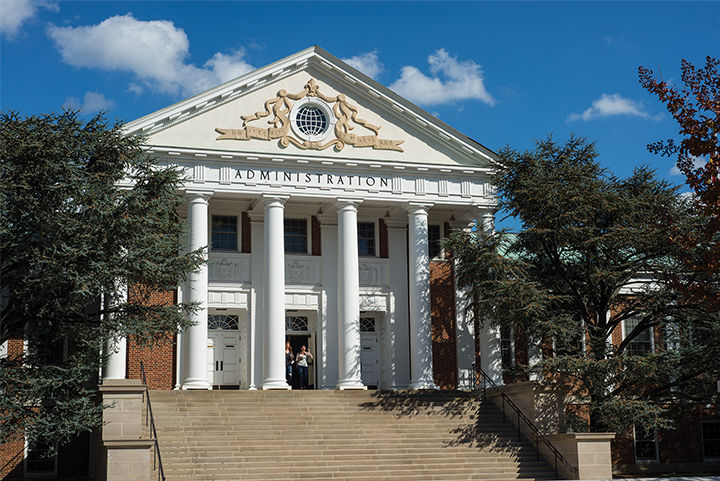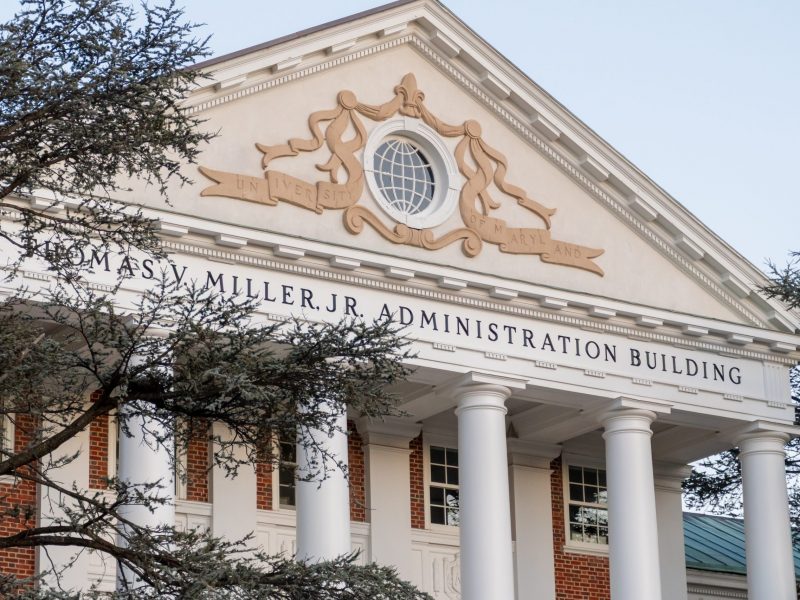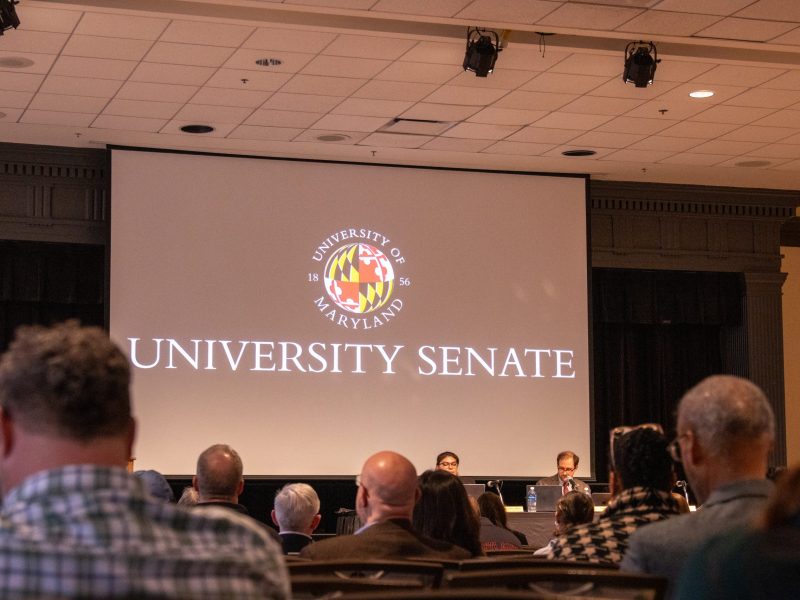University of Maryland administrators Friday filed a motion to dismiss a complaint in a $5 million federal lawsuit brought by a former student, who claims this university violated his due process rights during a sexual assault investigation.
The student, referred to as John Doe in the complaint filed Sept. 30, claims he was wrongfully expelled after this university found him responsible for sexually assaulting a woman, referred to as Jane Roe, in an on-campus dorm at about 5 a.m. on Dec. 14, 2014.
University President Wallace Loh, Title IX Coordinator Catherine Carroll and Student Conduct Director Andrea Goodwin are among the defendants in the lawsuit.
This university’s standards of due process outline that students subject to expulsion receive a conduct board hearing. The Standing Review Committee — a group of five trained students, staff and faculty members that changes for each case — is required to follow certain policy procedures to guarantee due process.
But Doe’s lawyer, Ronald Schwartz, alleges that the committee failed to do that.
Schwartz alleged university officials “filtered through the police report” and used certain details to aid in their investigation while ignoring others, and failed to let Doe tell his side of the story.
The police report and lawsuit documents include different details about the encounter between Doe and Roe. This university’s special investigator, Josh Bronson, said that’s because he conducted a trauma-informed investigation, while the police did not, according to the complaint.
In trauma-informed investigations, police officers are aware of how the brain functions in normal and traumatic situations, how to interview victims and write an effective incident report. This university’s Office of Civil Rights and Sexual Misconduct trained University of Maryland Police on conducting these types of investigations in October 2015.
Schwartz said the university administrators “took the parts of the police report that they liked to essentially railroad my client … It’s hard to imagine there will be a full vindication [of the complaint].”
In the response filed yesterday, this university says during the investigation, Doe “was given many opportunities to present his side of the incident,” including making a statement to University Police, meeting twice with a university investigator, submitting affidavits and testifying before the SRC.
“[Doe] tries to recharacterize and distort the University’s proceedings,” the administrators’ response read. “[Doe] makes bald allegations in the text of his complaint which are flatly contradicted by his own exhibits. [Doe] references (and mischaracterizes) certain documents, but then selectively ignores them when they undermine his claims.”
The response alleges Doe’s complaint should be dismissed on the grounds of qualified immunity, which protects government officials from liability unless their actions knowingly violate someone’s “clearly established” constitutional rights, according to the Legal Information Institute, a nonprofit housed in the Cornell Law School.
“The University’s proceedings were more extensive and generous to [Doe] than other streamlined school disciplinary proceedings which have been approved by the courts,” the response read.
“[Doe’s] lawsuit would impose on educators across Maryland the stringent requirements of a criminal trial or the Federal Rules of Civil Procedure — standards which courts have uniformly found are not required in university disciplinary proceedings and which would, in fact, hamper schools’ ability to deal with sexual assault on campuses.”
In evaluating qualified immunity, the court will consider whether a reasonable person in the administrators’ positions would know that their actions violated the law. But “it’s complicated in Title IX” because of the nature of cases, Schwartz said.
In 2011, the U.S. Education Department’s Office for Civil Rights issued “Dear Colleague” letters to colleges it believed needed better sexual misconduct investigation procedures. The letters outlined stricter rules for the investigation and sentencing process in sexual misconduct cases and lowered the standard of proof.
To abide by the Education Department’s rules, this university must determine it is more likely than not that sexual misconduct occurred for a student to be found responsible, rather than the “clear and convincing” standard, which means it is highly probable that sexual misconduct occurred.
This university has expelled a record number of students for sexual assault for two years in a row. Between July 1, 2014 and June 30, 2015, three students were expelled, and four students were expelled during the 2015-16 academic year for Sexual Assault I, or nonconsensual penetration.
Three other students were also found responsible for Sexual Assault I but faced suspensions, according to the second annual Student Sexual Misconduct Report. Changes in the sexual misconduct investigation procedure led to inconsistent punishments.
This university is currently under federal investigation regarding the way it handles sexual assault cases.
University officials declined to comment on any ongoing litigation.



